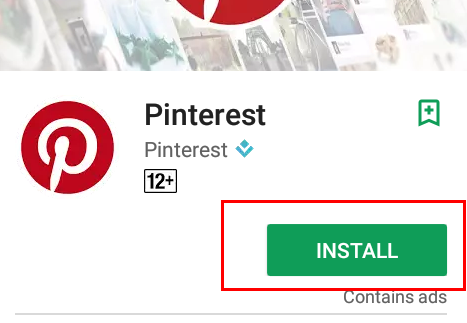
This paper attempts to recognise the causes of the declining active user base of Pinterest since January 2021. Collectively, the findings provide an initial understanding of sojourners as key visual influencers/online organic agents that offer destinations, specifically conurbations, the reach, relevance, and resonance in targeting the unique VFR segment, a key post-crises tourism segment. The framework identifies contemporary online visual culture, and the different frames sojourners move between (tourist, resident, home, and away) as factors that shape, and differentiate sojourner UGI from those of tourists. Key findings resulted in the conceptualization of a theoretical framework that explains the construction of sojourner UGI. A two-step qualitative mixed-method approach, involving expert interviews and visual rhetorical analysis of 453 sojourner UGI was adopted. This study decodes the functions and meanings conveyed through sojourner user-generated images (UGI) and furthers the application of the theory of visual rhetoric to tourism by examining the online visual communications of sojourners-an understudied yet critical group of consumers and producers of tourism. Because Pinterest represents a kind of ‘daydreaming out loud', advertisers who seek to promote via Pinterest must adapt existing social media techniques if they are to be successful, and focus on opportunities for indirect persuasion. Women gather images, particularly of branded commercial products, to help refine their taste and better understand which styles match their aesthetic preferences. Relative to traditional collage, the ease with which large numbers of images can be pulled off the web facilitates taste discovery. The key distinction relative to traditional scrapbooking is a focus on the future rather than the past. An analysis of 20 pinboards with 2,291 images showed that women use Pinterest to play with possible future selves and imagine alternative consumption trajectories. We approach Pinterest as a web-enabled form of scrapbooking and collage, where novel forms of indirect persuasion take place.

Pinterest represents a new kind of social media that satisfies distinct purposes for female consumers, even as it opens up new opportunities for advertisers.


 0 kommentar(er)
0 kommentar(er)
